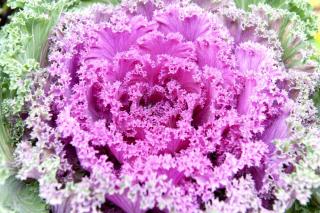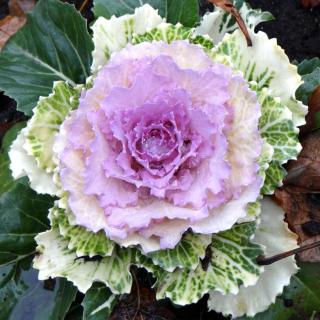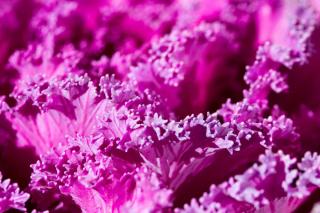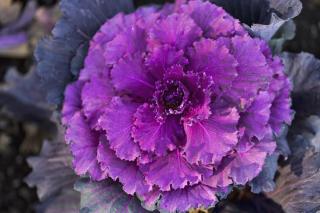

Ornamental cabbage is a very beautiful annual plant, with leaves that either stand straight or spread out, that are smooth or ruffled up.
Ornamental cabbage facts list
Name – Brassica oleracea
Family – Brassicaceae
Type – annual
Height – 12 to 16 inches (30 to 40 cm)
Exposure – full sun
Soil – cool, moist
Foliage – evergreen – Flowering – fall, spring
It is very easy to care for from planting or sowing all the way to blooming.

Sow at the end of spring in a nursery and transplant directly to the plot about 1 month after sowing.

Potted ornamental cabbage is ideal for garden boxes, pots and other containers. It makes for a perfect addition to terraces and balconies in any region.

Simply scrape them off the underside of leaves to prevent those pesky caterpillars from devouring your plant!

Surprising and colorful, it will decorate your pots, flower beds and edges. Bouquets can even be prepared from them, especially from long-stemmed varieties.
You’ll also notice that frost spells will have no impact on your plants: your ornamental cabbage will stay as beautiful as ever when the temperature drops below freezing!
Note: this type of cabbage is perfectly edible, but don’t expect wonders. Taste isn’t what it was bred for. Use them to extend soups or other cabbages.
Space them well upon planting, at least 20 to 24 inches (50 to 60 cm) apart, because ornamental cabbage grows very large leaves!